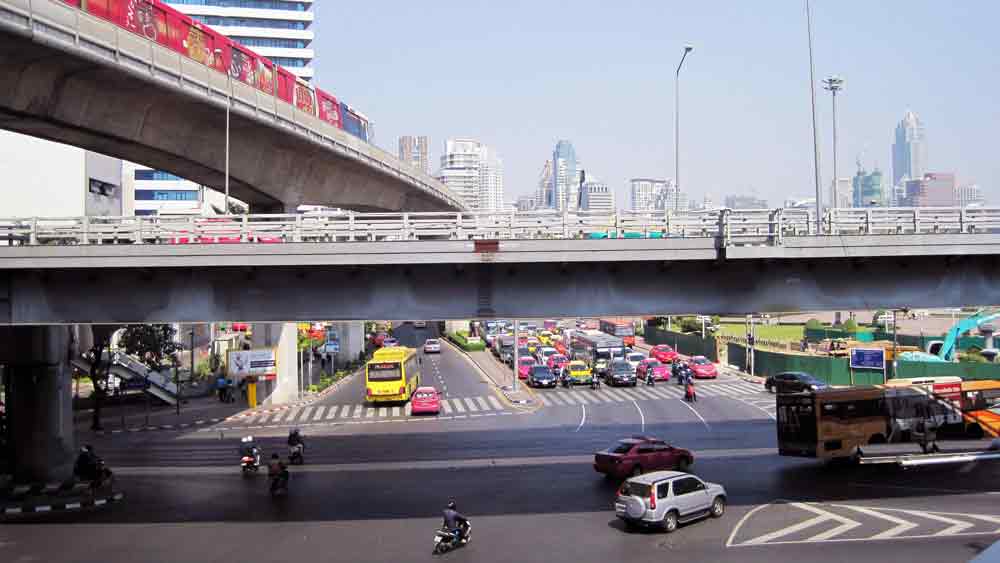Gridlocked streets, honking horns, and polluted air—modern city life often feels like a daily battle against time and space. With half the world’s population projected to live in cities by 2050, the pressure on transport systems is reaching a breaking point. Long commutes steal hours from our day, congestion chokes productivity, and outdated infrastructure struggles to keep up.
|
ADVERTISEMENT |
But what if cities could move smarter? What if technology could transform how we travel, making urban environments cleaner, more efficient, and connected? Across the globe, smart-city mobility initiatives are turning these possibilities into reality. From shared mobility services to on-demand transportation, cities are reimagining how people and goods move, creating a dynamic, responsive transport ecosystem.
At the heart of this transformation lies the powerful synergy between mobility and technology. Here, we’ll explore how smart mobility fuels the smart city revolution—and how adaptive, connected urban transport is reshaping city life as we know it.
…

Add new comment